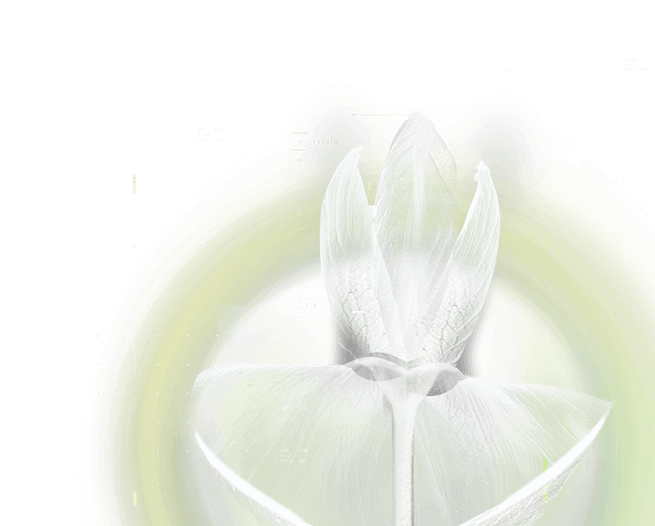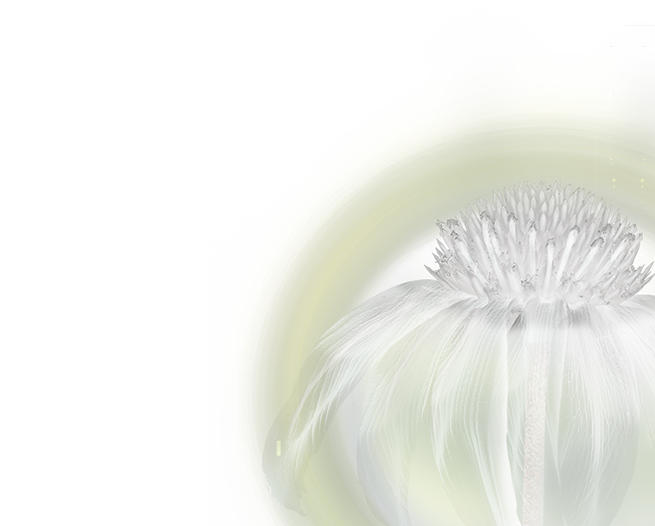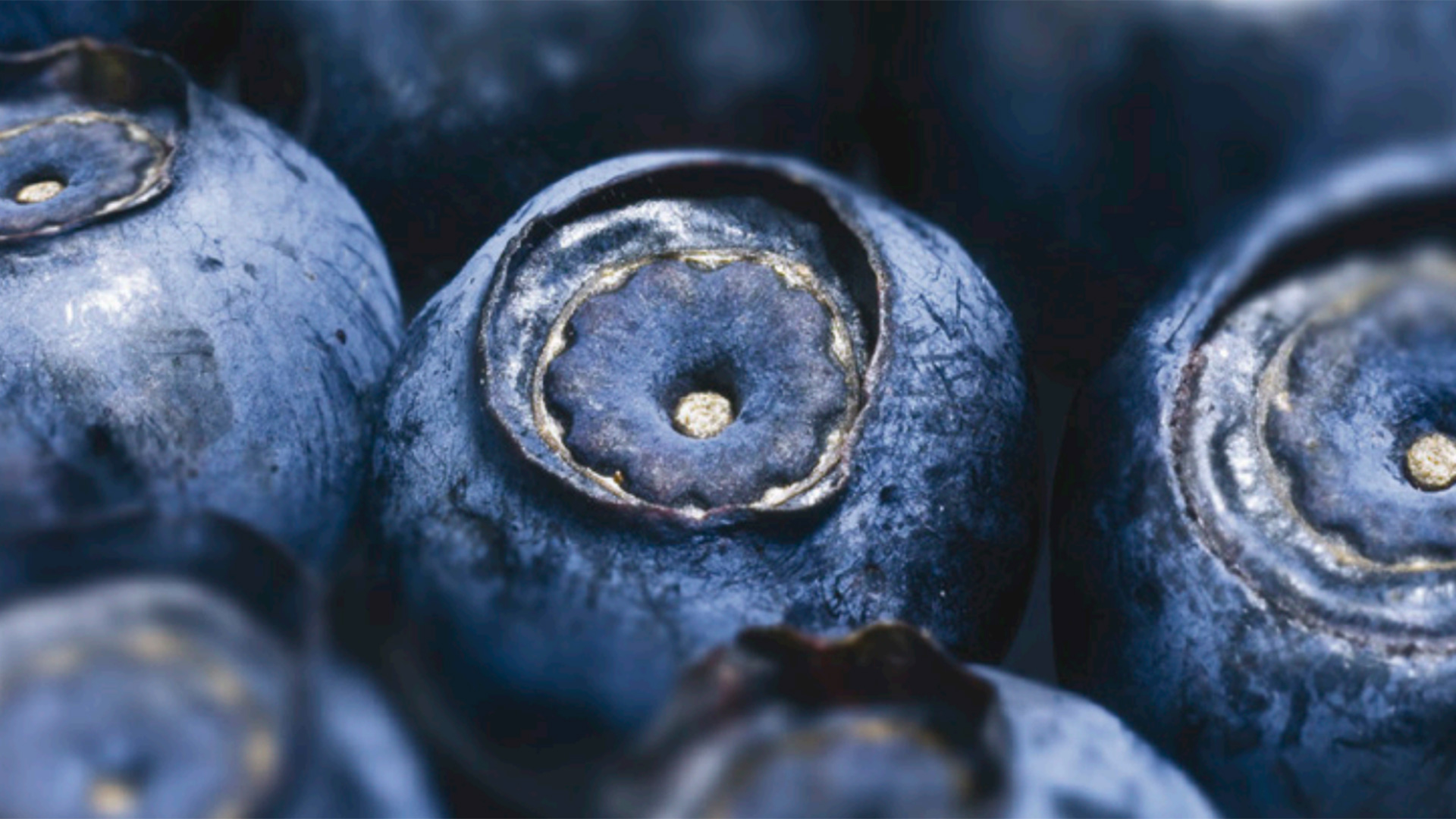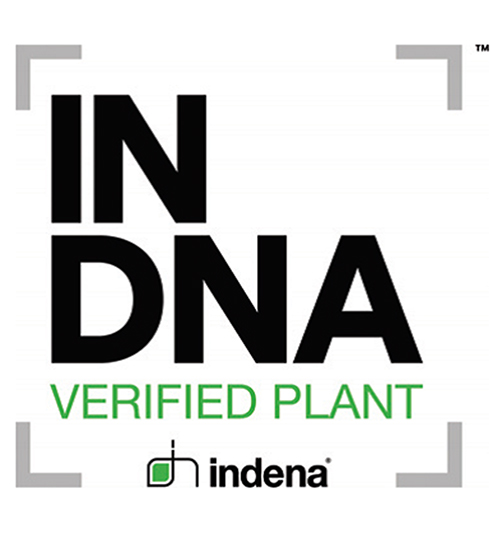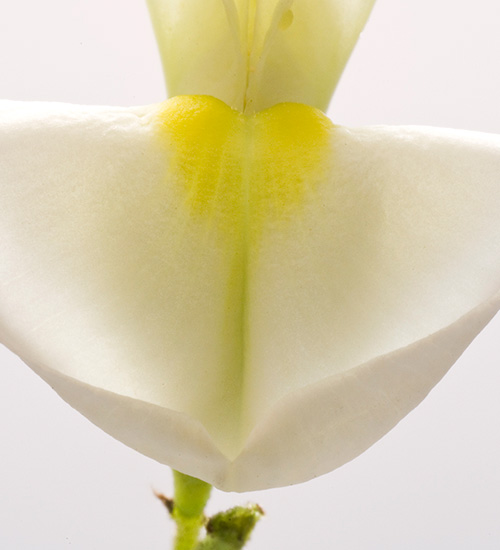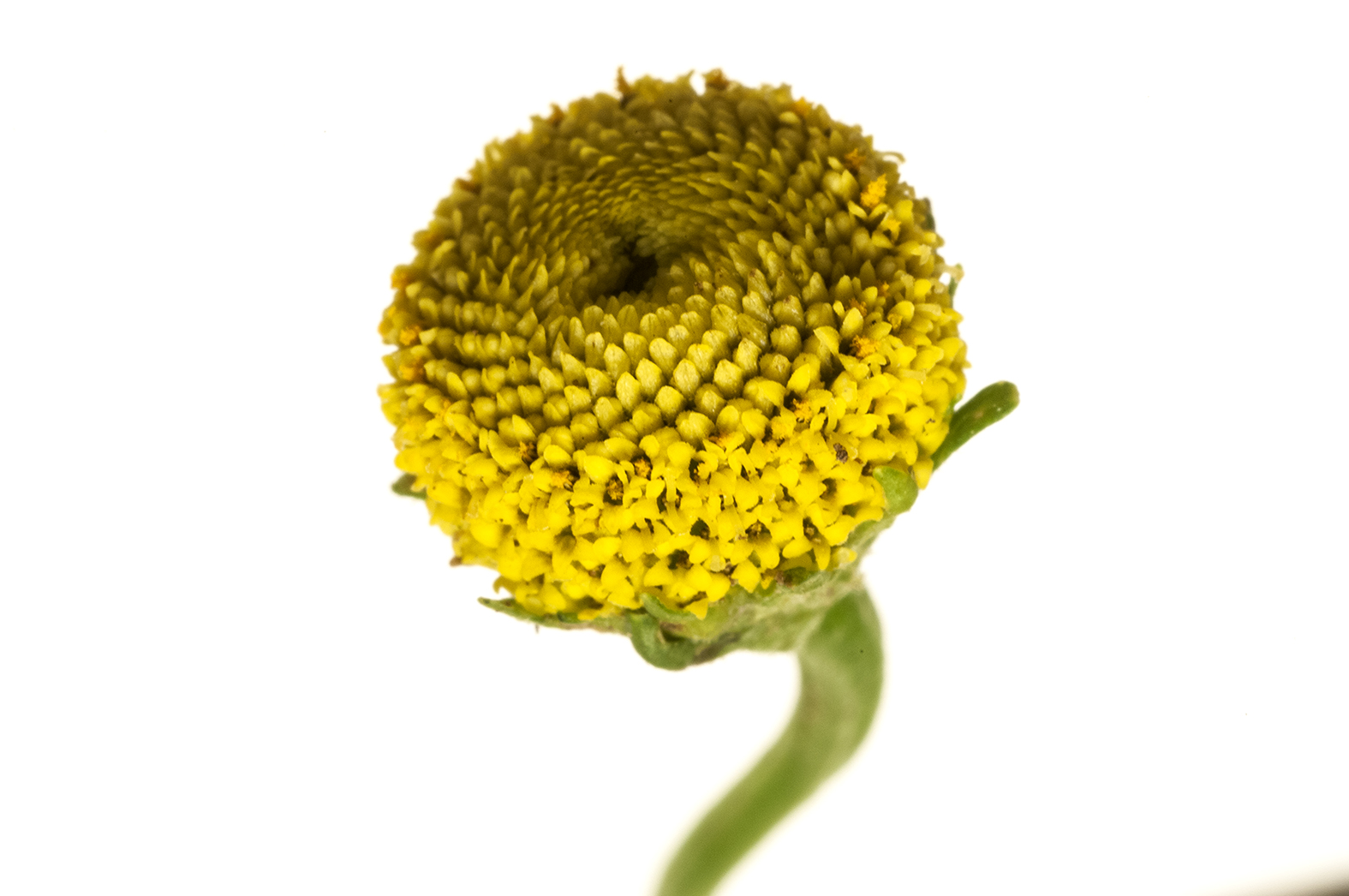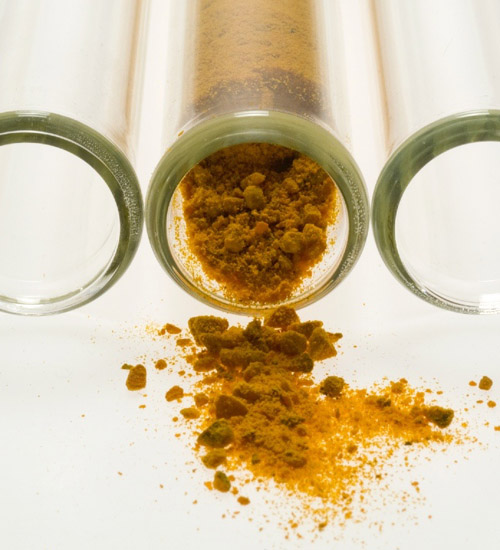Browse all Indena’s documents about products, events, company information and so much more.
Go to sectionIt has been estimated that approximately 30% of the biomass of materials sold for human consumption is not what it’s claimed to be.
The market for botanical products is full of adulterated items and being able to guarantee the quality and safety of your own products provides a competitive edge. Indena ensures the reliability and consistency of its extracts' composition with a process that involves every stage of production from cultivation to the finished ingredient.
The first quality control step during the preparation of botanicals is to correctly identify the plants being used. Currently, there are 2 mandatory tests: botanical identification (macroscopic and microscopic) and chemical identification (analytical “fingerprint” techniques to characterize secondary metabolites).
The 2 main reference points are the European Pharmacopoeia’s general monograph, “Herbal,” and the United States Pharmacopeia’s general chapter on the “Identification of Article of Botanicals Origin,” which are accepted all around the world as key guidances.
Most plants can be unequivocally identified by macroscopic and microscopic analysis. In some cases, however, it is necessary to resort to DNA-based methodologies to precisely define the identity at the species or variety level.
As such, it can be said that one of the most effective methods is to verify the authenticity of botanical raw materials according to its genomic identification.

